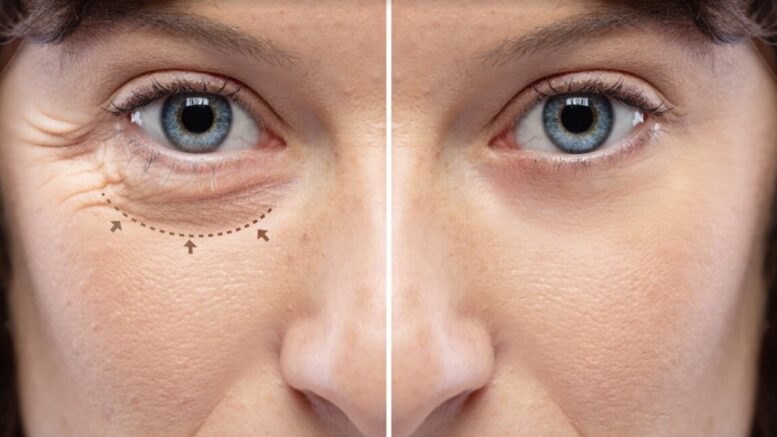Recovering from facelift surgery can be like taking a year-long journey. Along the way, you will encounter various milestones. Your recovery may take less or more than a year. It all depends on any bumps that you may encounter and how you and your surgeon handle them. No two experiences will be the same.
Facelift surgery is beneficial in combating signs of ageing and sagging in the face or neck, achieving a more youthful appearance while preserving the character and individuality of your face. A deep plane facelift is a relatively short procedure, but recovery can take quite some time.
What to Expect After a Facelift
The first step is knowing what to expect. When you know what is to come in the next days, weeks and months, you can prepare yourself, as well as prepare your family, boss and friends.
In the first week, you’ll be discharged from the medical centre where you had surgery with visible signs of surgery. You will experience moderate to significant swelling and possible bruising- an expected side effect of surgery. The levels of pain or discomfort you may feel will vary from person to person and can be treated with prescribed pain medication. Your face may also feel numb and/or stiff. Lethargy and nausea are also expected.
In the second week, the swelling will reduce and your stitches will be removed. Occasionally, recovery can include wearing a chin strap garment for the first week or two. While you’ll need to refrain from strenuous activity for around 6 weeks, you may be able to return to work and moderate exercise after two to three weeks. If you have any scars near your hair, you may experience hair thinning or loss around the scars.
Thankfully, it’s mostly uphill from here. You’ll soon start to notice an exponential improvement in your appearance. The swelling will be lessened, and after three months you’ll be keen to show off your new face!
All surgeries come with some level of risk, no matter how skilled and experienced the surgeon is. Your surgeon will inform you of any potential risks so you can be prepared.
How to Ensure a Smooth Facelift Experience
There is no way to predict every possible bump in the road, but there are tips and tricks to make things run as smoothly as possible.
Think About Food as Medicine
This can start even before you have surgery. Making healthy lifestyle choices and reducing alcohol intake can prepare your body for surgery.
You’ll want easy meals after surgery, but try to avoid takeaways and meals with high sugar and salt content as these will prolong your swelling and make you feel even more tired and run down. Eat soft foods to avoid too much chewing. One of the most important tips is to stay hydrated as this helps your skin maintain its elasticity and improves overall circulation which is essential for healthy healing.
Keep Your Head Up (Literally)
Keep your head raised on several pillows. Eventually, your mobility will return to normal, but at first, avoid turning your head too much- instead, turn your shoulders or your entire body to look in another direction. Once you resume moderate exercise, avoid anything that will put strain on your upper body, especially your face and neck. No weightlifting for a while! Additionally, recovery from surgery is a great time to have someone else take over cleaning the house for the time being.
If you shave your face, be extremely careful. The numbness and swelling in your face make it all too easy to accidentally cut yourself. You may find yourself constipated after surgery (particularly if you’ve been prescribed painkillers), but do not strain when making bowel movements. Constipation is a common side effect of medications and prolonged periods of sitting and laying down, so make a note to ask your doctor about laxatives after surgery.
Another tip is to avoid clothing that has to be pulled down over your head. Pulling clothing over your head, especially tight clothing, can loosen sutures, particularly those around your ears. Find clothing that can either be pulled up from your lower body or clothing that wraps around you and can be fastened in the back or front.
Be A Patient Patient
While you recover, remember to be patient! Follow doctors’ orders to rest and recuperate. It can be difficult to refrain from our usual routines and responsibilities, but allowing your body to recover is essential. Pushing yourself too hard can have disastrous results.
Most importantly, follow your surgeon’s instructions. If your doctor prescribes antibiotics after surgery, take them as long as directed, not until you feel better. Wait until your doctor says you can drive and do other activities again. Once your doctor says it’s okay, you may gently wash your surgical incisions- but do not put lotions or ointments on them unless directed.
Recovery is not an overnight procedure. It can take time, patience and sacrifice. But it will all be worth it when you can look in the mirror and look back at a face that makes you happy and proud.
